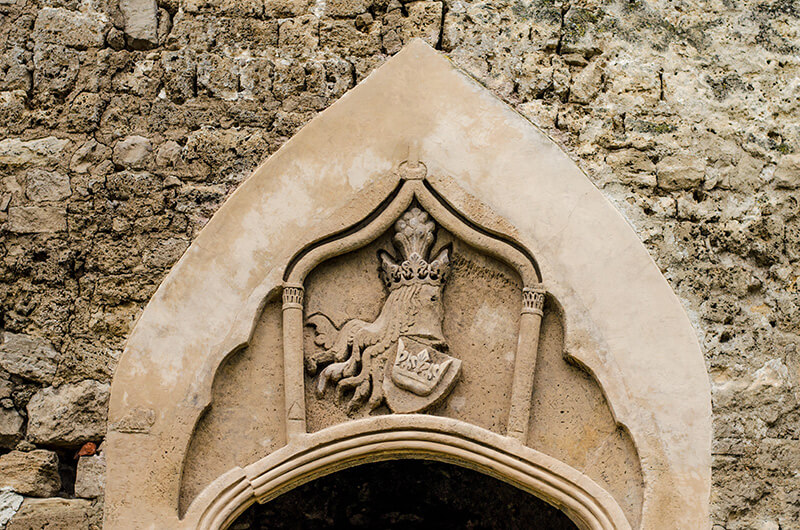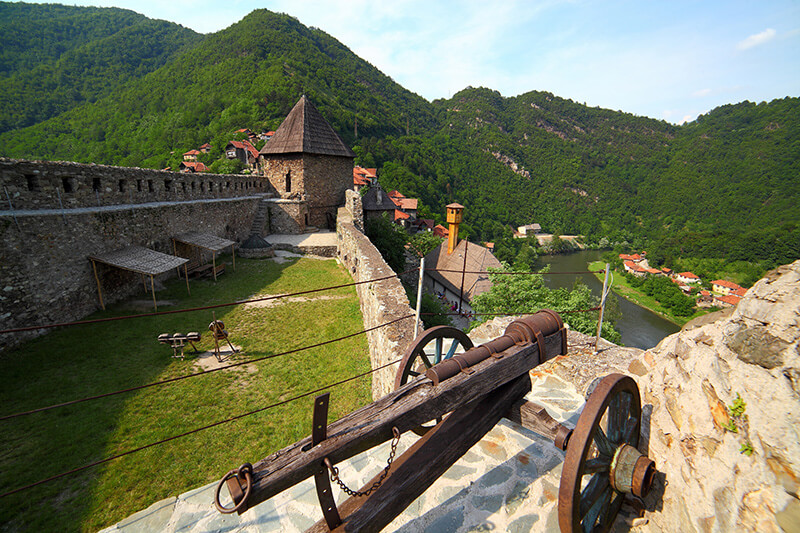Behind every successful man stands a woman, says the old proverb that is often considered more than just a phrase. At the end of the day, one could argue that Dorothea Bulgaria, the wife of the first Bosnian king, was both the most powerful woman and one of the most important historical figures of South Slavs. It was during the reign of her and her husband, Tvrtko I Kotromanić, that the Bosnian kingdom was established. Furthermore, the kingdom experienced its geographical, economic, cultural, and spiritual prosperity in the same period. All these made Bosnia one of the strongest South Slavic countries, and Tvrtko I, the greatest ruler in the history of medieval Bosnia.
Would it all have happened that way, if Tvrtko had not married Dorothea Bulgaria? With the help of Anita Barjaktaravic, Travel Manager and Coordinator at Red Africa, we looked for the answer to this question in the ancestry of the first Bosnian queen and the nature of her marriage to Tvrtko. She was a Bulgarian princess - the daughter of the Bulgarian emperor Ivan Alexander Stracimir Shishman and his wife Ana Slava of Wallachia. However, she did not live at the court of her parents. Her father was forced to leave her to live at the court of the Hungarian King Louis the Great, along with her sister. They were hostages of the Hungarian ruler, after he conquered the Bulgarian capital Vidin.

Stracimir and his family spent four years in the Croatian fortress of Humnik in Bosiljevo, as prisoners of King Louis, and were forced to convert from Orthodoxy to Catholicism. Later on, after his pardon, Stracimir returned to the throne, but as a vassal of King Louis. Dorothea and her sister, whose name is still unknown, remained to live at the court of King Louis. That is how Dorothea came under the care of Louis' wife, Elizabeth of Bosnia!
This is where the puzzle starts coming together and the establishment of the Bosnian kingdom becomes clearer. Elizabeta Kotromanić (also known as Elizabeta Bosanska) was the wife of Louis the Great and the first cousin of Tvrtko I Kotromanić. Despite the fact that he had a turbulent past with her husband Louis, he accepted the Hungarian administration again due to the political turmoil in Bosnia. This move helped him gain the sympathy and affection of the Hungarian king that was later on the key to the establishment and prosperity of the Bosnian kingdom.
As Dorothea of Bulgaria was their favorite whom they perceived as their own daughter, Louis the Great and his wife Elizabeth of Bosnia decided to marry her to Tvrtko I Kotromanić, a young man who proved himself to be valuable even though he took the over the reign at the age of 15. This combination further strengthened Bosnian-Hungarian political and family ties. According to records from Dubrovnik, a large and solemn wedding occurred. Only three years later, Ban Tvrtko became King Tvrtko, and Dorothea of Bulgaria became the first Bosnian queen. The rest was history.

"Only a few local historians keep the legends of great men such as King Tvrtko I and his wife Dorothea from oblivion. This is why we continually try to remind of the important role they played in the history. The experience of a time travel you get taken to while visiting the remains of the royal Bosnia today is mindblowing. Medieval sites, such as the monastery of St. Luke, the monastery in Mili, or the Franciscan monastery in Jajce where the remains of the last Bosnian king Stjepan Tomašević remain today, reveal many more of these stories that are usually neglected. On the locations, numerous pieces of evidence of medieval fortifications throughout Bosnia and Herzegovina are still preserved today. I dare to say these are some of the most significant gems in the history of medieval Europe. I believe that the time has come for the modern world to discover them,” said Anita for sarajevo.travel.
The list of interesting places to be visited continues. Another one that keeps the feel of this period of history is in Bobovac, where Tvrtko I and his beloved Dorothea resided. In the same location Dorothea is buried today, while the remains of Tvrtko I remain at the Church of St. Nicholas, outside Visoko.
All these places remain mostly preserved and keep the memory of the Bosnian royal history awake while intriguing all of its visitors and inviting them to continue searching for the gems hidden in the history of the Bosnian Kingdom.





